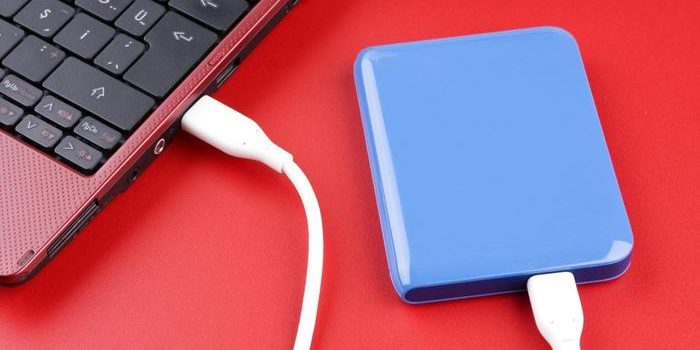No matter how careful you are sometimes data on your hard drives may be lost. It can happen for a variety of reasons ranging from human error to hard drive failures – but it is important that when it does you are able to restore important data as quickly as possible.
That is why you should back up and protect the data on your hard drive. Assuming you intend to do so, here are 5 different ways that you can go about it:
- USB flash drive
When it comes to backing up data, there are few methods as convenient as using a USB flash drive – just make sure you don’t lose your USB drive, and store it safely. Because of the limited capacity on USB drives, you may not want to fully back up your entire hard drive, but instead selectively choose important files (or folders).
- External hard drive
Similar to USB hard drives (though not as portable and more difficult to misplace), external hard drives are nice because they tend to have larger capacities – along for a more complete backup. That being said if you are using a hard disk you should remember that it too is susceptible to failure.
- Cloud storage
Nowadays one of the more popular ways to backup data is to upload it onto the cloud – making it easily accessible from any internet-connected device. While this method is convenient and keeps your data safe and secure, there are capacity limitations and many cloud storage services will charge a fee for additional capacity.
- CDs, DVDs, or Blu-ray
At one point in time the de facto method of backing up data was to burn it onto a physical CD, DVD or Blu-ray disc. While it is still reliable, the fact of the matter is that it is time consuming and rather inconvenient – plus CD drives are slowly but surely becoming less and less popular and may eventually be obsolete.
- NAS devices
Essentially Network Attached Storage (NAS) devices are small servers that specialize in providing storage that links directly to a network. Not only does that mean that they can back up data from any computer in the network, but it also means you don’t need to worry about physically connecting a device each time you want to do so. The downside of this option is that it can be a bit costly.
As you can see there are a number of different ways in which you can backup and protect the data on your hard drive. With the range of software available today, often all you’ll need to do is choose which method you prefer then set your software to automatically back up data at certain points in time.
Of course if you don’t have a backup and you lose any data there are other options that you could consider as well – such as professional hard drive recovery. That being said it is often better to be safe rather than sorry.




Leave a Reply